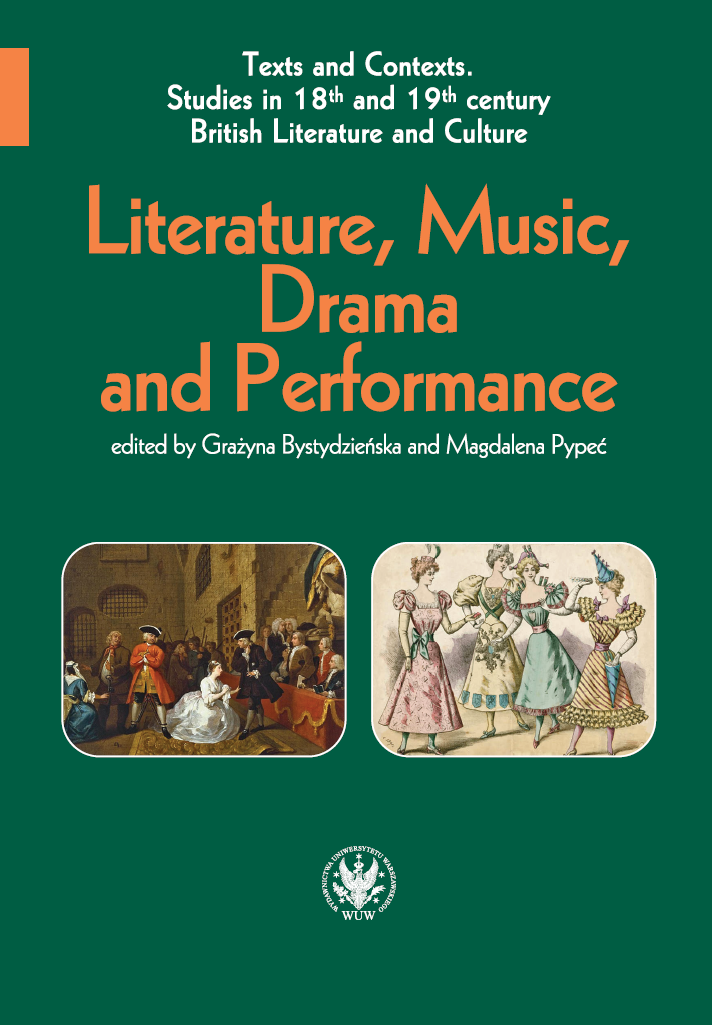Handel’s Samson and the Art of Adaptation
Handel’s Samson and the Art of Adaptation
Author(s): Maria Błaszkiewicz
Subject(s): Cultural history, Theoretical Linguistics, Applied Linguistics, Philology, British Literature
Published by: Wydawnictwa Uniwersytetu Warszawskiego
Keywords: Samson; Handel; Milton; oratorio; libretto; adaptation
Summary/Abstract: The paper explores the interpretative possibilities offered by the libretto to Handel’s Israelite oratorio Samson by Newburgh Hamilton, which is a double adaptation of the Biblical story and its dramatic rendering in John Milton’s Samson Agonistes. The specificity of the demands of the new genre of the oratorio in England and its dramatic and musical affinities is analysed on the example of a libretto combining the Scriptural and dramatic heritage of its sources with the requirements of the Baroque musical stage. The tripartite structure of the story inherited from Milton and the order of appearance of Samson’s visitors (father, woman, foe) allows not only for a tripartite presentation of the central figure, but also for the exceptional variety of musical expressions. As a result, the oratorio offers a full spectrum for emotional appeal, through penetrating sadness of the first part, romantic tensions of the central one to sombre military tones of the finale. Of the three, naturally the central theme is the most attractive from the point of view of the composer eager to display his talent and to satisfy the demands of the audience. This is also the only part where a Miltonic rendering of the story of Samson allows for a major female role, a factor not to be ignored. As a consequence, Newburgh Hamilton not only borrowed Milton’s addition to the story of Samson, the hostile giant Harapha, but also transformed Milton’s relatively simple figure of Dalila into a most complicated and beguiling character allowing for a true mastery of musical expressions and ambiguities.
Book: Literature, Music, Drama and Performance
- Page Range: 29-43
- Page Count: 15
- Publication Year: 2019
- Language: English
- Content File-PDF

